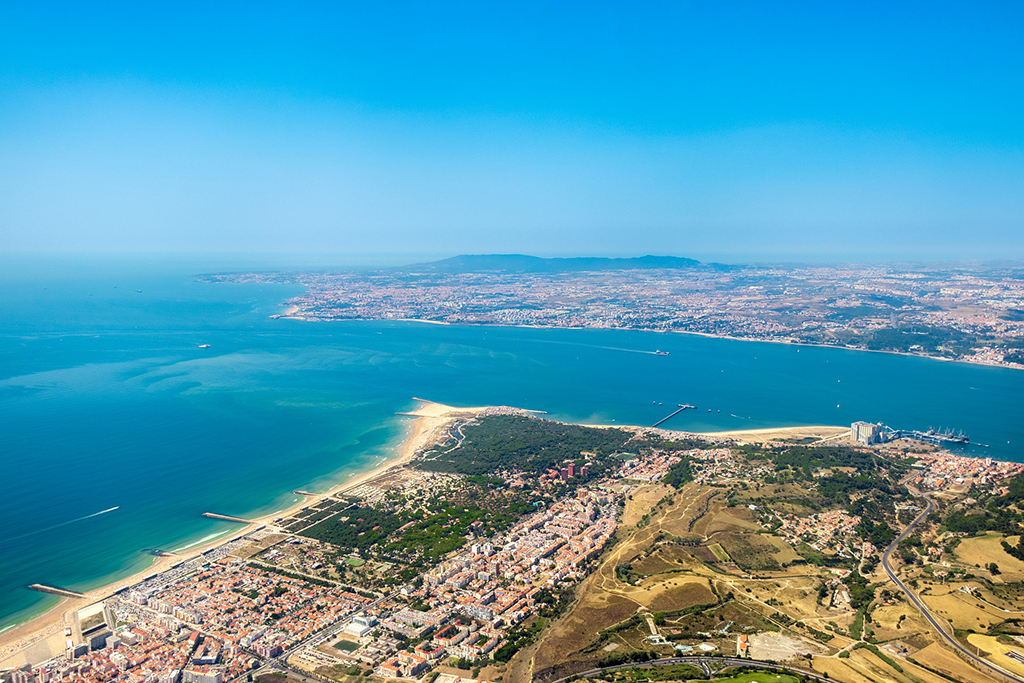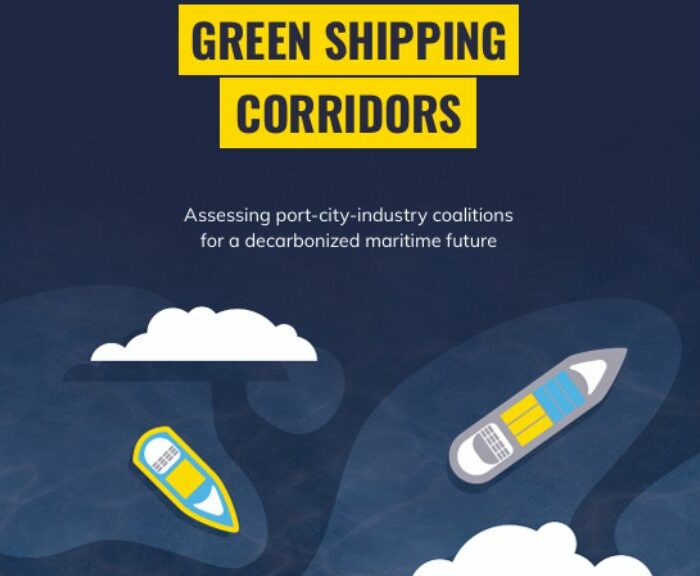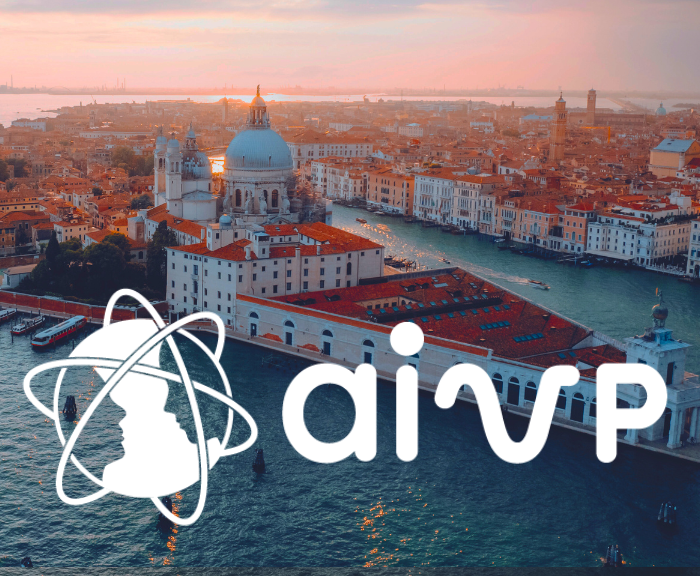Cover photo: Tagus estuary, in Lisbon, Portugal. Photo by Bernardo Ferreira (BernardoUPloud), in Pixabay
Recent research published by international organizations linked to the UN, such as the IPCC, indicates that sea levels could rise by 61 to 110 cm by the year 2100, compared to 1990. This means that coastal areas, where there is also greater demographic pressure, will be even more vulnerable to extreme weather events, such as flooding. This phenomenon can have devastating consequences for port cities, where, in addition to large concentrations of population and wealth, essential functions for the functioning of the global economy are hosted. For this reason, adaptation to climate change is the number one objective of the AIVP Agenda 2030 for cities and ports.
Preparing Ports and Port Cities for Climate Change: Mitigation and Adaptation
To respond to this challenge, as Prof. Austin Becker points out in his article, a dual strategy needs to be developed. On the one hand, efforts must be intensified to reduce or eliminate polluting emissions that contribute to global warming, and on the other, clear measures must be taken to adapt coastal territories to these new conditions that will intensify in the coming decades. Innovative cases such as San Diego, eThekwini, Dunkirk, Le Havre, Trois Riviere or Rotterdam, are leading these efforts to adapt and mitigate climate change, as we will see in this dossier.
Building with nature: solutions for adapting to climate change in the City Port areas
To protect coastal territories is also possible to find alternative solutions, that can be Nature-based. In his article, Mr. Erik van Eekelen, explains that Building with Nature is a conceptual approach to creating, implementing, and upscaling Nature-based Solutions for water-related infrastructure. However, as he says, this will require a complete change in thinking, acting, and interacting.
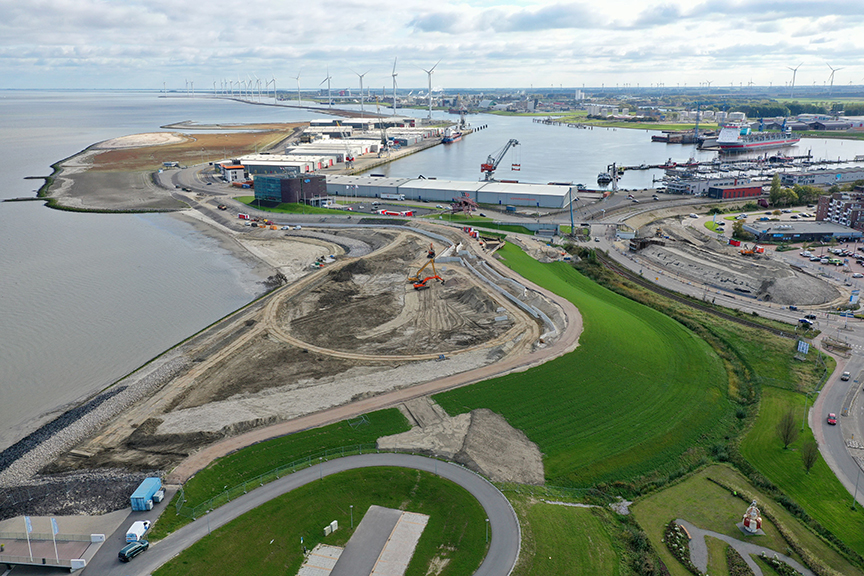
San Diego: able to face extreme climate disasters before 2035
The nature-based solutions are being also used in San Diego. In the U.S. port, pilot projects are being developed that combine shoreline protection with local biodiversity enhancement in new reefs. In the interview with Mr. Michael Zucchet, we can see how this port city will be more resilient against the sea level rise and extreme weather events in the long term.
eThekwini (South Africa): a unique approach to natural hazard prevention
The efforts to adapt coastal territories to the sea level rise must be complemented by early warning systems that enable the population and businesses to prepare for the impact of a storm, based on innovative data systems that improve forecasting and facilitate the management of these events, as is the case in eThekwini (Durban) in South Africa, explained in the interview with Dr Andrew Mather.
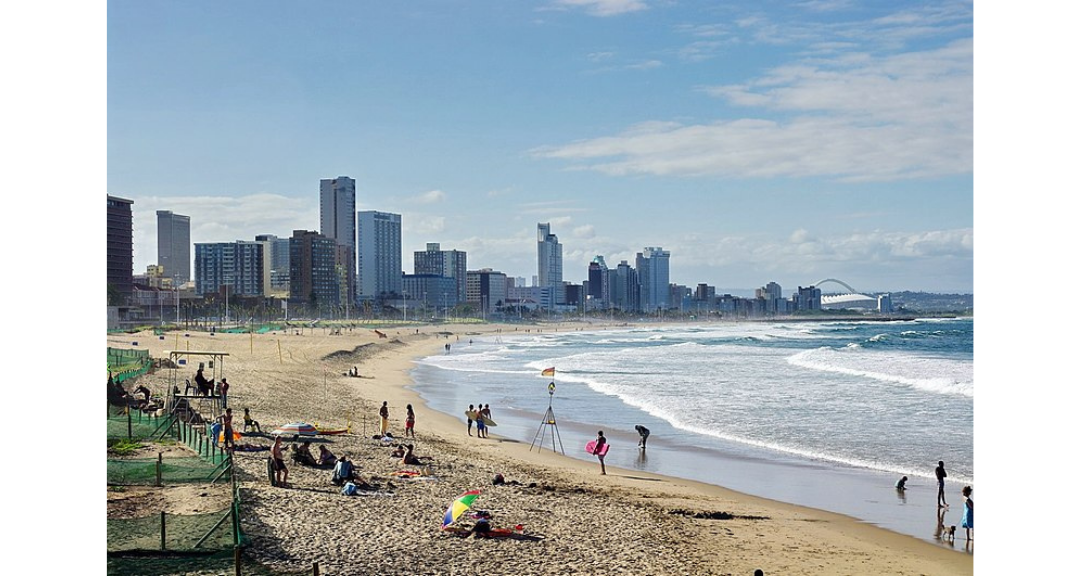
Flood Risk Management in the port of Rotterdam
In Rotterdam, the port authority has been developing for years a strategy to ensure that its territory is resilient against flooding and sea level rise. This strategy combines large-scale engineering projects such as the Maeslant barrier, or the construction of raised port areas 3 to 6 meters above sea level, with awareness programs with port companies on the threats posed by climate change and flood risk management. As Mr. Marc Eisma, explains, this strategy is being developed in collaboration with the city council and other institutions on a regional scale, including specific agreements. These agreements allow for greater institutional cooperation to assess risks and define new measures, analyzing the different areas of the port of Rotterdam, which, let us not forget, is a territory extending over 40 km.
The islands of the South-West Indian Ocean faced with rising sea level
The effects of sea level rise will be even more extreme and devastating in areas such as the islands of the southwestern Indian Ocean, which will be partially submerged, including several port areas. The urgency to act is evident, there is more than enough scientific evidence, as explained in the article by Mr. Jean-Marc Beynet. We have seen several ways to act, but we must not forget that simultaneously, it is necessary to invest in other initiatives that contribute to mitigate climate change and its devastating consequences, betting on the energy transition to sustainable fuels.
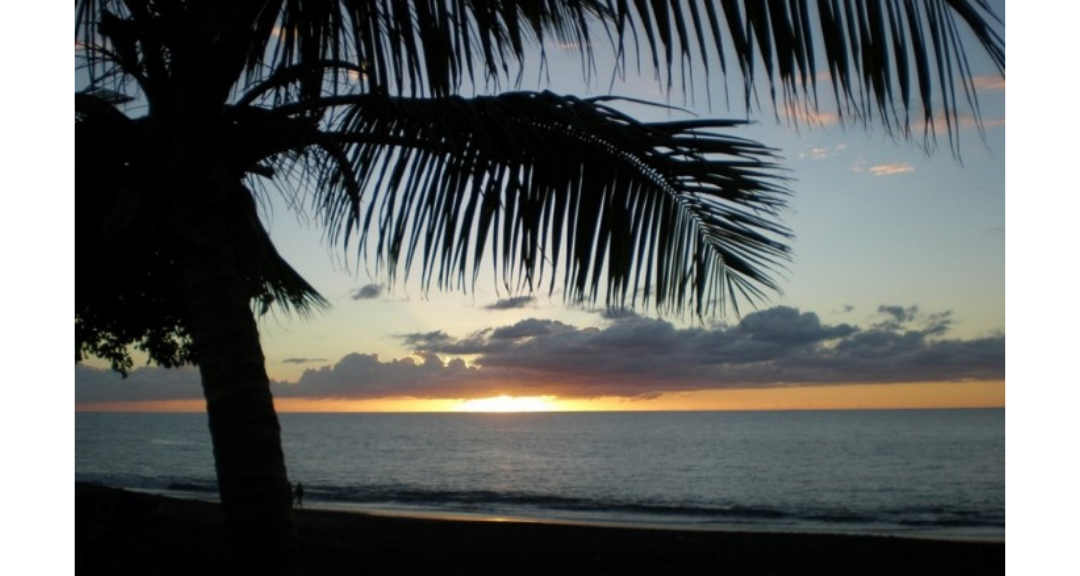
How to adapt port cities to climate change. Challenges and solutions.
In the webinar dedicated to climate change adaptation, prepared with the support of Cerema, that was hosted in February, speakers from Dunkerque and Le Havre Seine Métropole from France, and Trois-Rivières, in Canada, we learnt about the latest research on this topic and what projects they are developing to increase their resilience.

